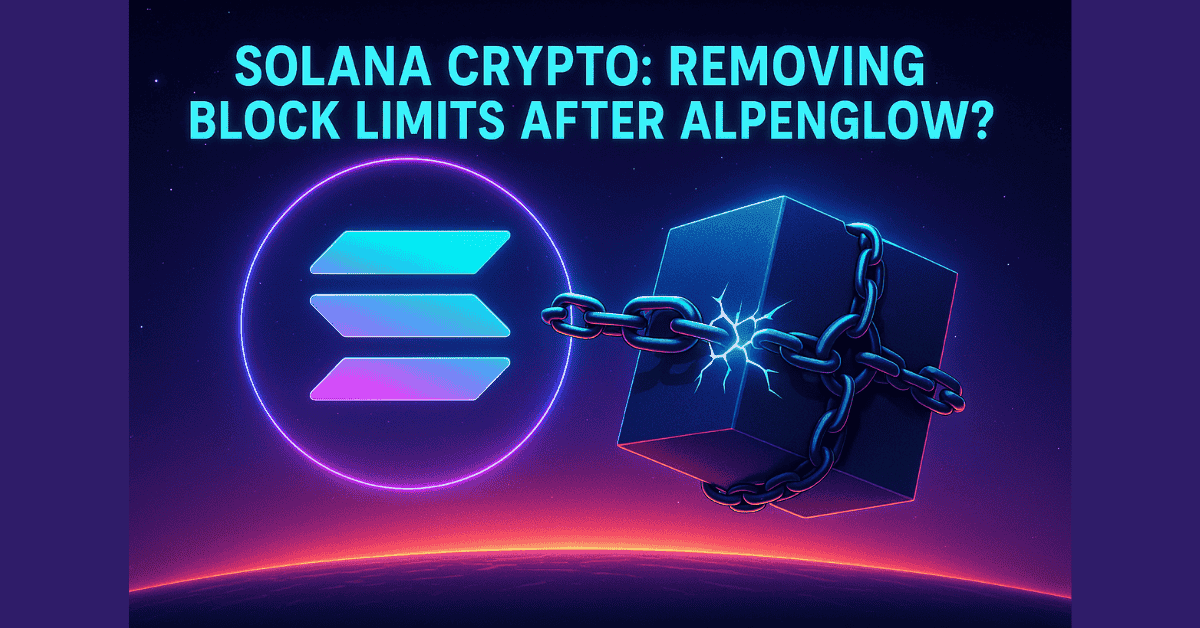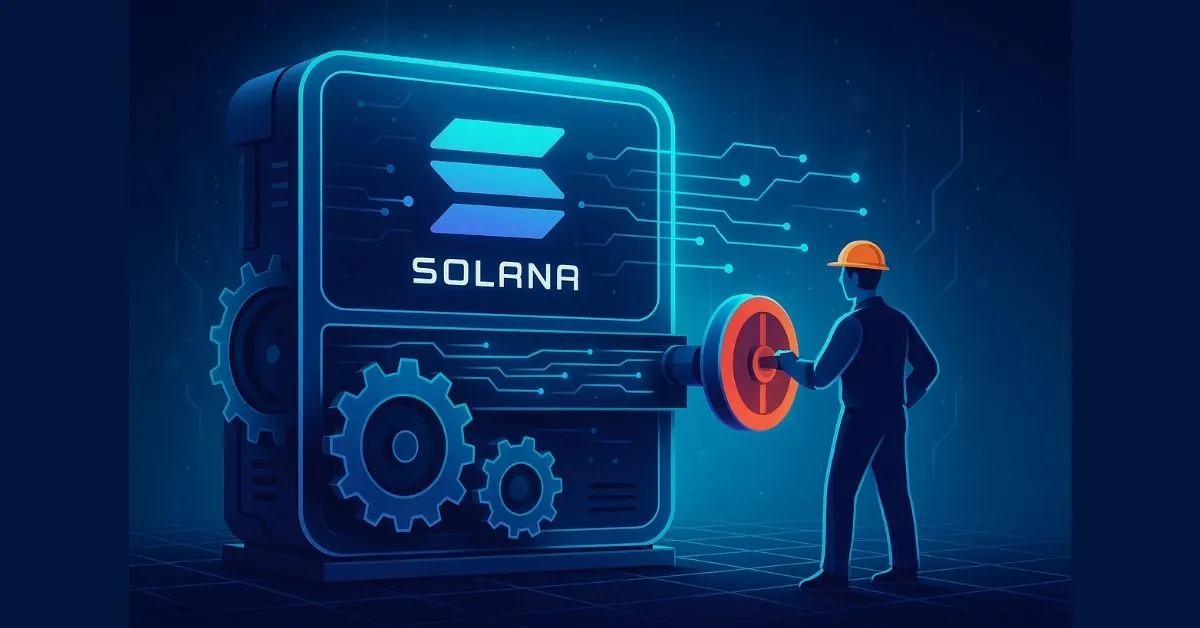
Solana Crypto: Removing Block Limits After Alpenglow?
Solana – Blockchain Preparing for a Major Overhaul
Solana, one of the largest smart contract blockchains in the market, is facing a significant proposal for change. Following the implementation of the Alpenglow upgrade, developers are considering removing the current 60 million compute unit limit per block. This change promises to give Solana more flexible scalability, as block size could be adjusted according to the hardware capacity of each validator.

Why Solana Wants To Remove Block Limits
According to the Firedancer team at Jump Crypto, the current structure is limiting Solana’s potential. They argue that the network’s capacity should reflect the actual strength of the hardware rather than being constrained by a rigid ceiling. With the new mechanism, throughput could be significantly improved as stronger validators would be able to process more transactions, while smaller validators could still maintain consensus through the skip-vote feature.
Community Debate
Although the idea is seen as groundbreaking, the Solana community remains divided. Some developers warn that removing the block limit could increase the risk of centralization, as well-funded validators would gain an outsized advantage. In addition, oversized blocks could cause propagation delays, weakening security if too many validators choose to abstain from voting.
Alpenglow Upgrade – The Foundation For What Comes Next
The Alpenglow upgrade, scheduled to launch later this year, is expected to reduce block finality time from about 12.8 seconds to just 150 milliseconds. This is considered a major step forward in improving Solana’s speed and network capacity. In particular, the skip-vote feature will be added, allowing smaller validators to skip oversized blocks without compromising overall consensus. The Firedancer proposal SIMD-0370 builds upon this foundation, bringing Solana closer to its goal of scaling based on real hardware performance.
Conclusion
The proposal to remove block limits could open a new era for Solana, where speed and scalability are taken to the next level. However, the opportunity also comes with challenges, particularly the risks of centralization and imbalance between large and small validators. The future of Solana will depend heavily on community debate and the outcome of the validator vote in the coming months.
Disclaimer: The content above reflects the author’s personal views and does not represent any official position of Cobic News. The information provided is for informational purposes only and should not be considered as investment advice from Cobic News.